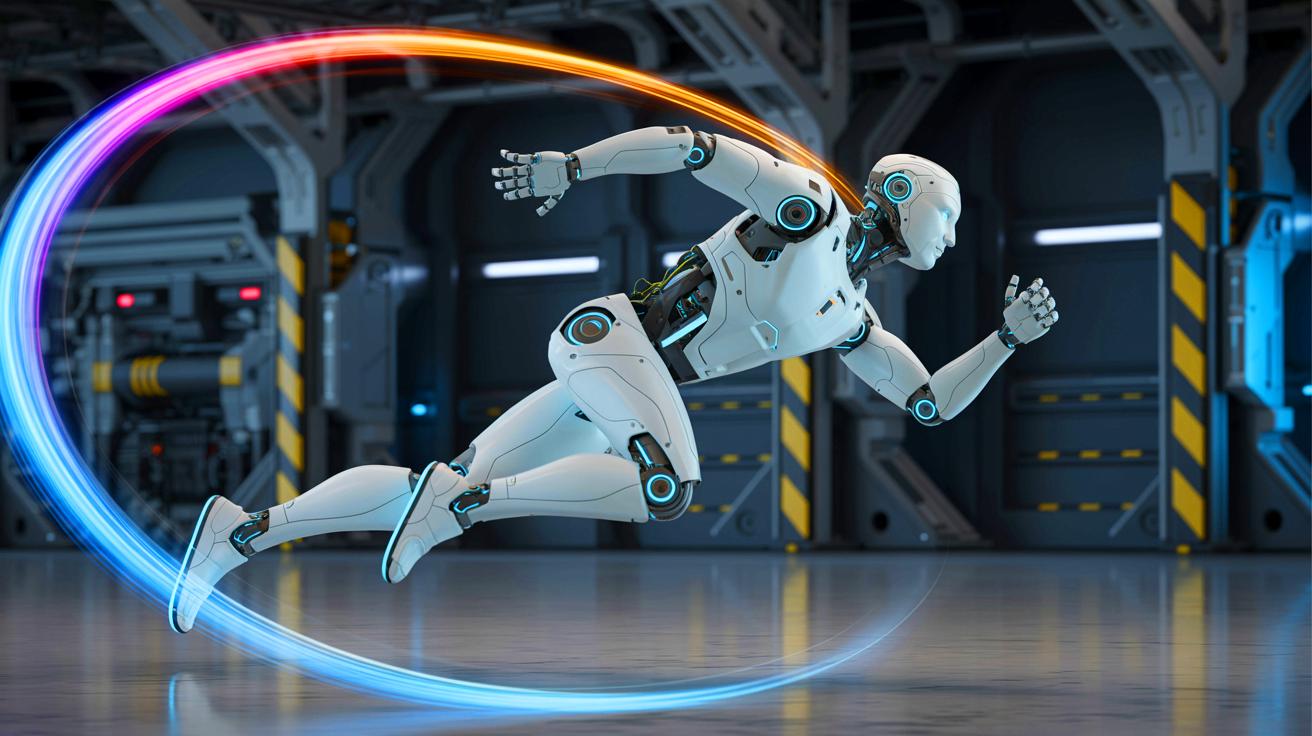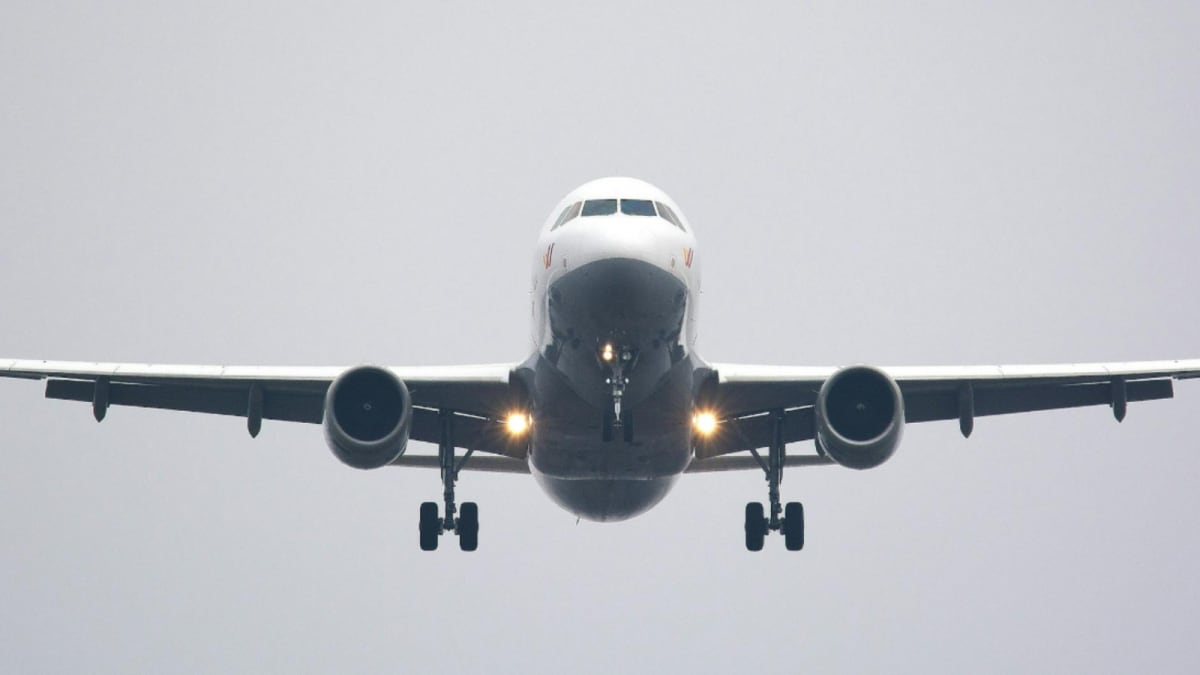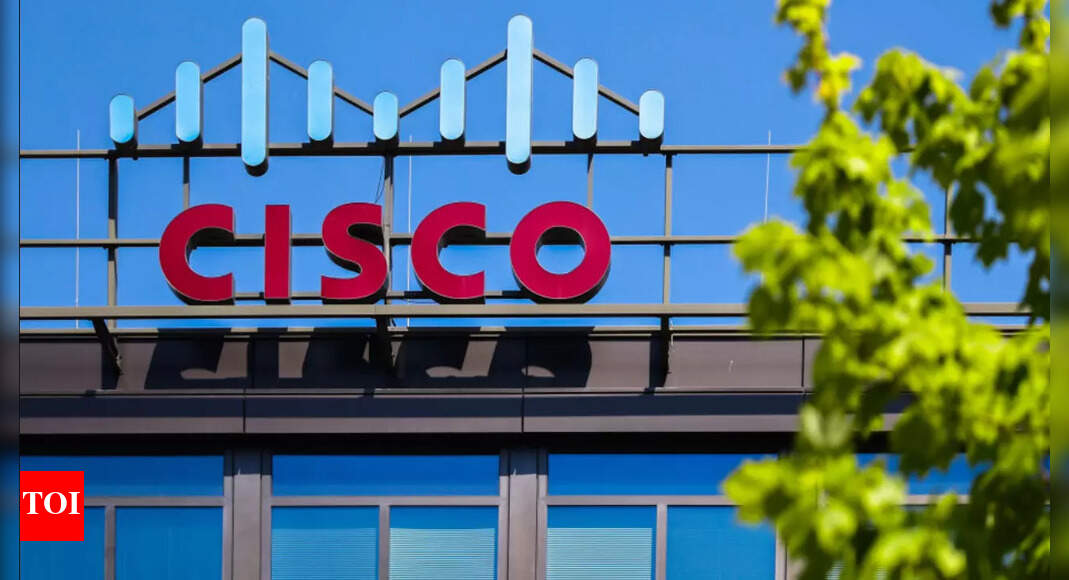| IN A NUTSHELL |
|
In a groundbreaking achievement, the Chinese robotics startup Robotera has unveiled the L7 humanoid robot, setting a new benchmark for speed and agility in robotics. This next-generation robot has captured attention with its ability to sprint at speeds of up to 9 mph, making it the fastest humanoid robot to date. Beyond its speed, the L7 showcases remarkable dexterity and strength, capable of performing complex tasks with precision. As we delve into the features and capabilities of the L7, we uncover how this innovation is pushing the boundaries of what humanoid robots can achieve in both industrial and everyday settings.
L7 Redefines Mobility
The L7 humanoid robot represents a significant leap in robotic mobility, thanks to its integration of a unified “body plus brain” architecture. This design breakthrough allows the robot to perform large-scale movements with impressive coordination and control. According to a report from China Daily, the L7 can execute high-energy moves such as rapid 360-degree spins and dynamic breakdancing routines, all while maintaining remarkable balance. The robot’s mechanics are highly advanced, featuring stable locomotion and fluid joint articulation, enabling it to mimic human athleticism.
In a demonstration video, the L7 showcases its capabilities in a mock factory environment, skillfully sorting different objects on a conveyor belt. It further demonstrates its industrial prowess by utilizing a power tool to tighten nuts onto a wheel hub, a task that demands intricate torque sensitivity. Toward the end of the video, the L7 runs briskly on a flat surface, outpacing a human runner, signaling major progress in bipedal mobility. This video highlights the robot’s growing potential for real-world deployment in manufacturing, logistics, and other physically demanding applications.
Dexterity Meets Speed
The L7 humanoid robot is an evolution of the earlier STAR1 model, enhancing bipedal agility and significantly improving upper-limb dexterity. With a sprinting capability of 9 mph, the L7 demonstrates fluid movement in activities ranging from dancing to executing precise domestic and industrial tasks. Equipped with 55 degrees of freedom throughout its body, the robot’s joints deliver up to 400 Nm of torque, allowing for swift and powerful arm and leg motions. It can lift and transport loads of up to 44 pounds using both arms. For perception, the L7 employs a multi-sensor fusion system that provides full 360-degree spatial awareness through panoramic vision and depth sensors.
Complementing its physical prowess, the L7 features a swappable battery system for uninterrupted operation, though the exact battery runtime remains unspecified. The robot’s speed, strength, and situational intelligence make it a compelling option for various applications. Robotera also offers the M7, an upper-body-only version mounted on a vertical pillar stand, suitable for research and data collection. The M7 can be easily upgraded to the full-body L7 model. In March 2025, RobotEra’s STAR1 humanoid made headlines by outpacing its barefoot humanoid rival, showcasing the company’s ongoing innovations in robotics.
Industrial Applications and Beyond
The L7’s capabilities extend beyond speed and agility, positioning it as a versatile tool for industrial applications. Its ability to handle delicate tasks, such as ripping paper towels and pulling curtains, demonstrates its remarkable adaptability to production floors and service settings. The L7 is designed for visually striking demonstrations and real-world uses, capable of industrial chores like sorting, scanning, and handling power tools. This adaptability is further highlighted by Robotera’s recent achievement with the STAR1 humanoid, which became the first robot to skillfully use chopsticks, marking a major leap in robotic dexterity.
In addition to industrial tasks, the L7’s design allows it to engage in athletic exploits, from breakdancing to 360-degree spins, showcasing the robot’s dynamic range. The combination of speed, dexterity, and strength makes the L7 a promising candidate for various roles, from manufacturing to logistics and even entertainment. As Robotera continues to refine its technologies, the L7 stands as a testament to the company’s commitment to pushing the boundaries of humanoid robotics.
Future Prospects in Robotics
The unveiling of the L7 humanoid robot marks a significant milestone in the field of robotics, opening up new possibilities for the integration of robots into everyday life. As humanoid robots like the L7 become more advanced, they hold the potential to revolutionize industries by taking on tasks that require both precision and strength. The L7’s ability to perform intricate, torque-sensitive tasks with ease positions it as a valuable asset in manufacturing and logistics sectors. Furthermore, its adaptability to domestic environments suggests a future where robots could assist with household chores and entertainment.
With Robotera’s ongoing innovations, the future of robotics looks promising. As the L7 continues to evolve, one can only wonder what new capabilities and applications will emerge. How will humanoid robots like the L7 shape our world in the years to come, and what roles will they play in transforming industries and daily life?
This article is based on verified sources and supported by editorial technologies.
Did you like it? 4.5/5 (23)





